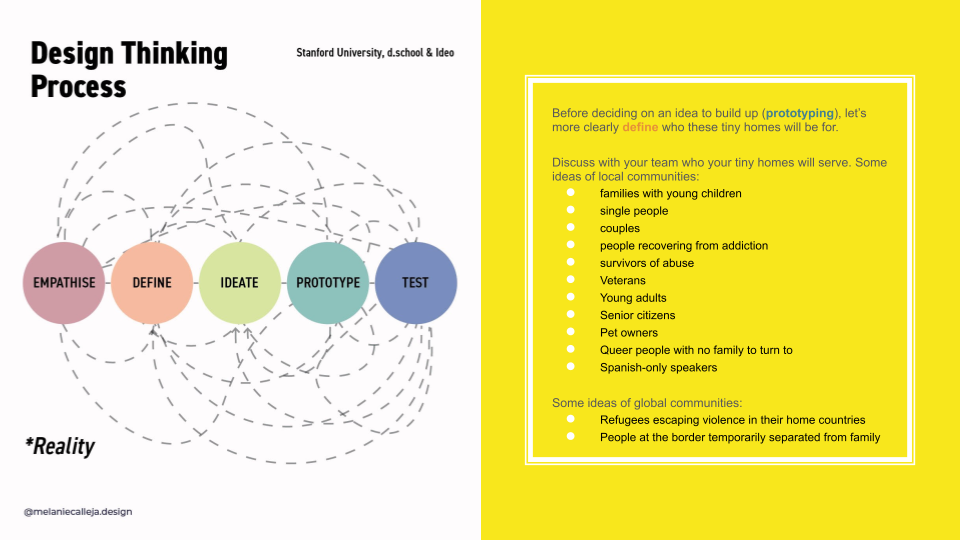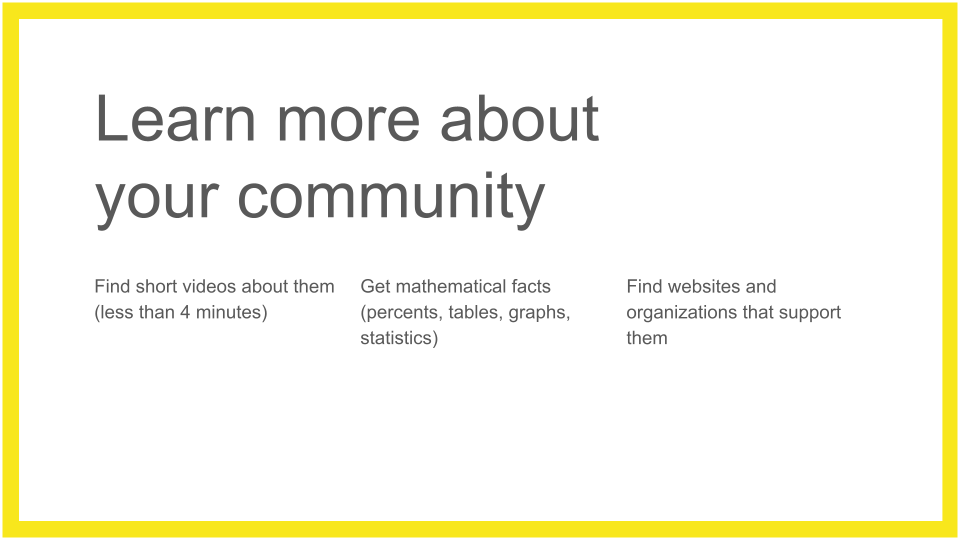October 9, 2025
“WHEN Will I ever use this in my life?”
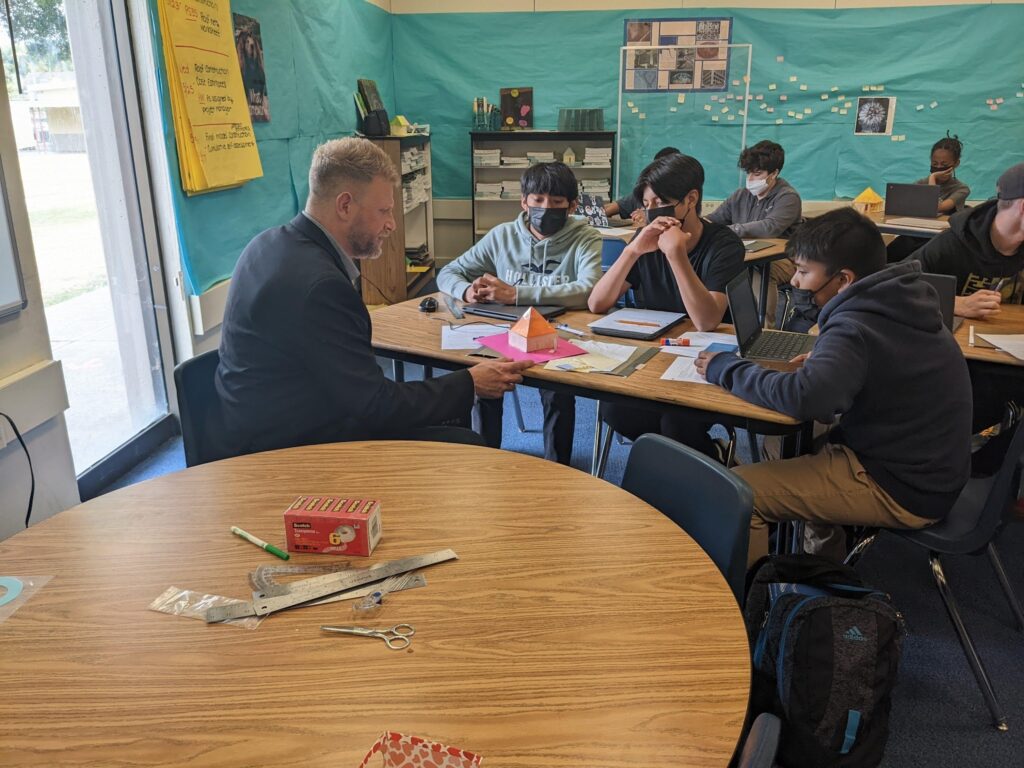
That is the eternal classroom question. One powerful way to bridge the gap between school and life is by connecting mandated curriculum to local problems. When students see how their learning applies to the world around them, it becomes more impactful. That belief led me to reimagine one of my favorite projects back in 2018.
A SIGNature Project Gets a Bold Redesign
After completing the 2015-16 MERIT fellowship, I enrolled in a Global Project-Based Learning (PBL) course offered by KCI. My goal: to breathe new life into a long-running architecture project. In the original version, my seventh graders explored scale, area, percent, geometric construction, and problem-solving by designing and constructing model homes. It had already evolved through several iterations, and many students named it as a highlight of their year.
Still, I knew it could do more. I live in San Jose, CA, where housing insecurity has been an ongoing local concern. In 2017, our city council approved a “Tiny Homes for the Homeless” pilot project to build 40 micro-sleeping cabins as temporary, interim housing. That community effort sparked an idea: what if my students could mathematize this problem and use their design skills to imagine a response? With support from the KCI Global PBL course and community partner Ray Bramson of Destination: Home, I redesigned the architecture project through a local lens.
THE PROJECT: SOCIAL CONSCIOUSNESS MEETS DESIGN THINKING & PBL
The updated student task emerged:
Student task:
|
With design thinking as our foundation, students investigated the root causes of homelessness, examined the role of interim housing, and considered how thoughtful planning could support different community needs. Then, working in teams, they developed their own proposals.
Each group chose a user group to focus on – veterans, families with young children, immigrants, and more. Some teams imagined full-service communities with job training, childcare, and healthcare resources. One ambitious group even included an on-site CalTrain stop to take advantage of the nearby tracks. Drafting tools varied by cohort, with apps like Homestyler and Really Sketch, as well as good old-fashioned graph paper and pencil. No matter the tools, their thinking was deep, creative, and rooted in empathy.
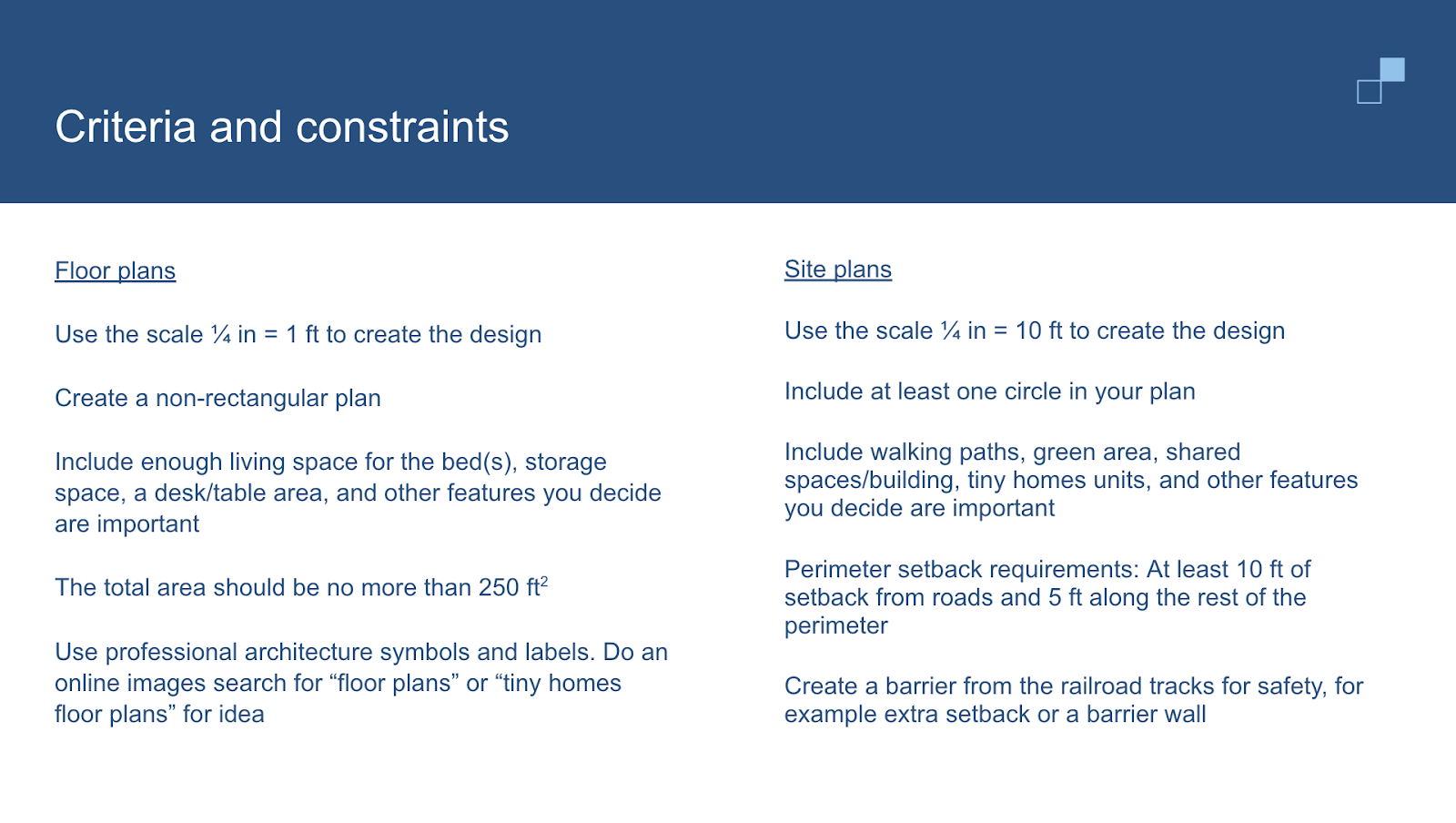
FROM PAPER TO THE REAL WORLD
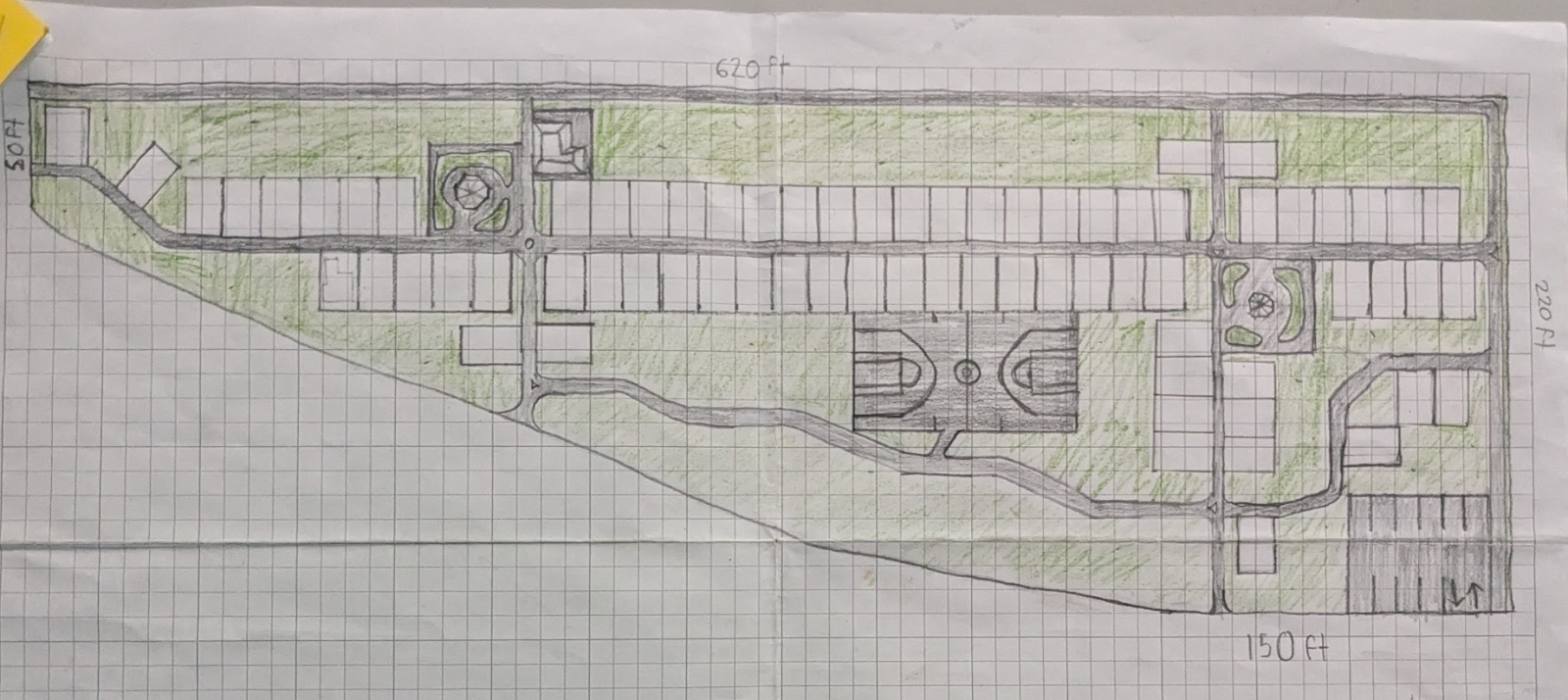
Fast forward to 2025. Four different student cohorts have now completed this project, with each benefiting from project design iterations. Today, San Jose has eight interim housing communities, including Homekey Branham Lane, a 204-unit village that opened earlier this year. This particular site holds deep meaning for me and my students. Many of their past designs were based on that very lot, which was once an encampment in my neighborhood.
Ray Bramson, who first visited our class in 2018, returned to see a later cohort’s presentations. He was impressed by the sophistication of the student designs. Their work reflected not only math and design skills but a deep understanding of social impact and equity. As he told students during that first visit years ago,
Bridge [interim] housing is not a homelessness solution on its own. It’s one response that works alongside others to help get people into permanent housing.
My students got that. And they used their learning to imagine better ways to serve their community.
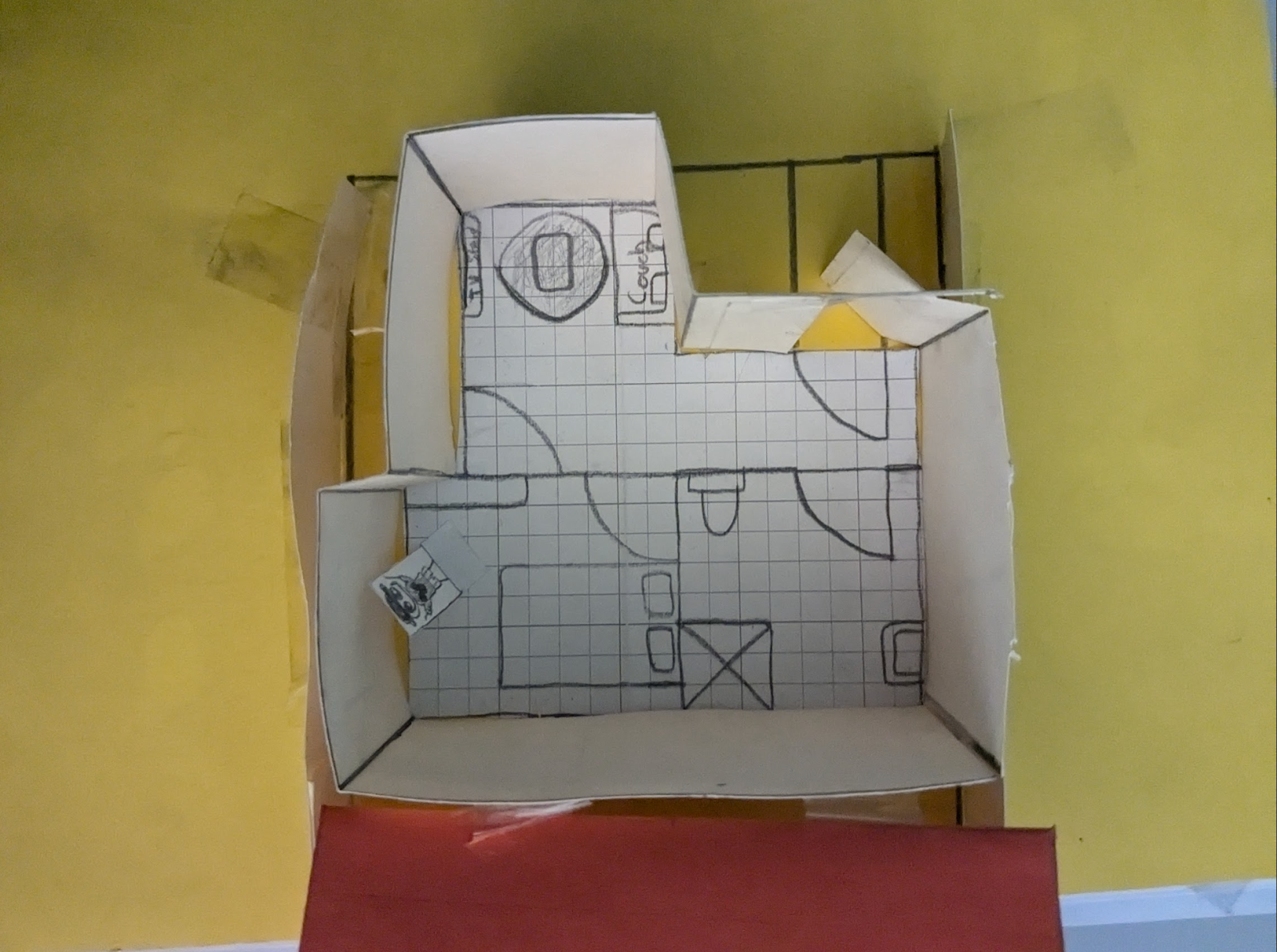
Scaling Impact Beyond a Single Project
Working on this project gave me the confidence to redesign other lessons through a local or global lens. Over time, single math lessons began to feel like springboards for deeper exploration, like
- using integers and percent to model the impacts of a no-money-bail ballot initiative;
- examining rates through the perspective of inmate firefighters during a harsh California fire season;
- investigating gender-based price discrimination and income inequality using percent difference and piecewise functions;
- exploring aspects of personal finance, including financing college, while applying percent and exponential functions.
The possibilities are endless. With just a bit of ingenuity and design-thinking finesse, we can use the tools we already have to poise our students to become powerful thinkers.
AN INVITATION TO FELLOW EDUCATORS
What problems matter to your students?
Do you have a signature project that could connect to a local or global problem?
Or a lesson that could be reimagined through the lens of community, justice, or sustainability?
You don’t need to be perfect. I am still working (slowly!) on the ambitious homelessness website I once envisioned. But my students and I have come so far just by being bold and willing to try.
Let your students grapple with real questions. Let them build real solutions. Start with what you already teach, then take it one step further.
The answer to “When will I ever use this?” starts here.
- Krystal Jones’ workshop, “Social Consciousness Meets Design Thinking & PBL: Exploring Housing Insecurity”, explores this project in more depth. It takes place on Thursday, 10/16, from 8:00 to 9:15 a.m. at the National Council of Teachers of Mathematics (NCTM) Annual Conference & Exposition in Atlanta, GA.
- KCI’s MERIT program, which features design thinking, accepts applications in the Spring of each year. Learn more HERE.
- Click on Krystal’s bio to learn more. To contact her please email krystaljones095@gmail.com

